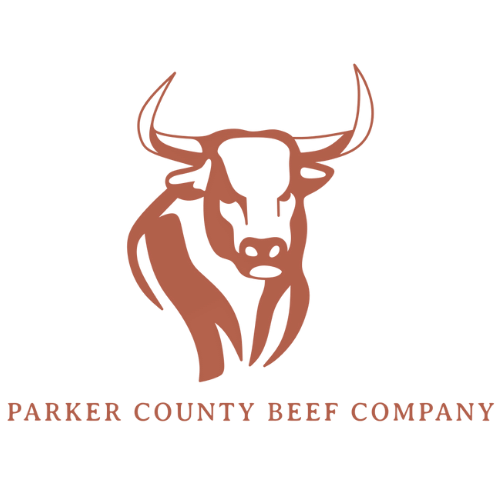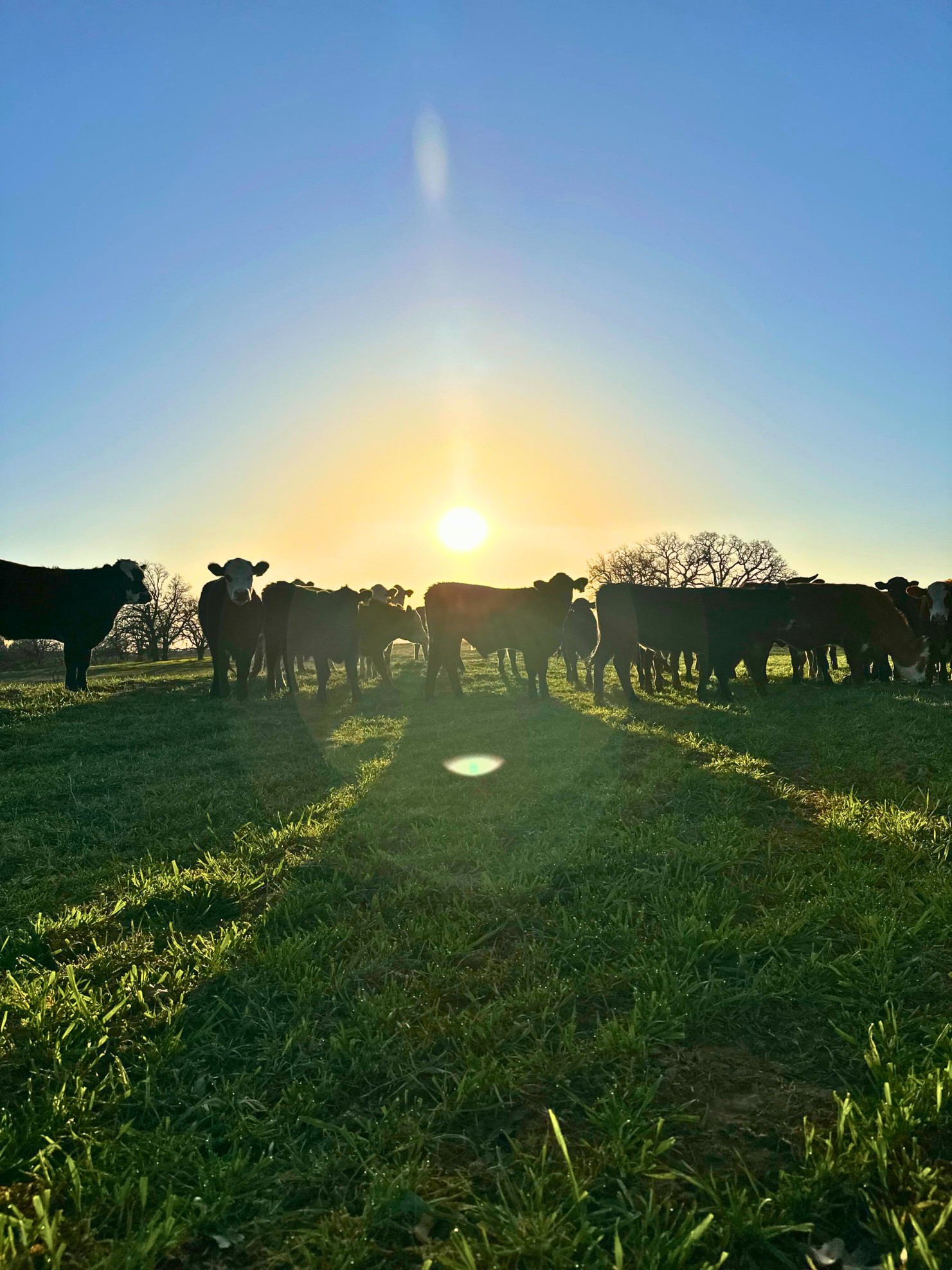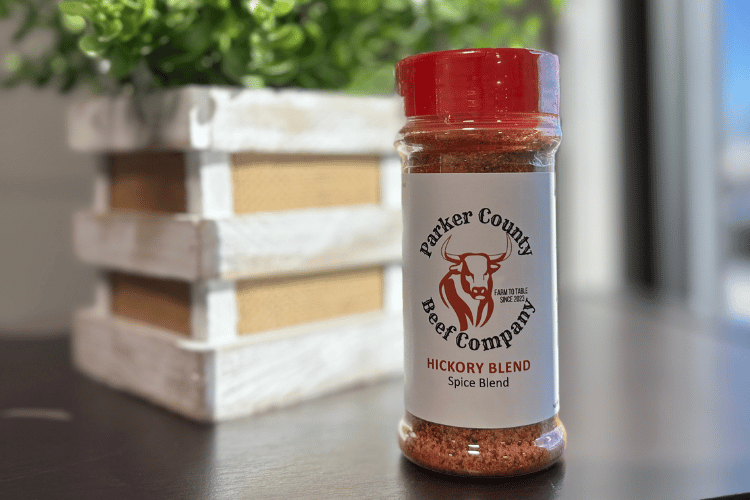The Ultimate Guide to Beef Tallow
posted on
February 15, 2024
What is Beef Tallow? Beef tallow is rendered beef fat, predominantly sourced from the suet—the hard fat around the loins and kidneys of cattle. The rendering process involves simmering the fat, which separates the liquid fat from the connective tissues, impurities, and water, resulting in a pure, stable cooking fat that solidifies at room temperature. Renowned for its high smoke point and long shelf life, beef tallow is a versatile ingredient in both cooking and non-food-related uses.
Health Benefits of Beef Tallow:
- Rich in Vitamins: Beef tallow is a good source of fat-soluble vitamins A, D, E, and K, which are essential for various bodily functions, including vision, immune function, skin health, and blood coagulation.
- Natural Source of CLA: Conjugated Linoleic Acid (CLA) found in beef tallow has been linked to reduced body fat and improved lean muscle mass. Studies suggest CLA may also have cancer-fighting properties.
- High in Cholesterol: While the word 'cholesterol' often carries a negative connotation, dietary cholesterol plays a crucial role in maintaining cell membrane integrity and hormone production.
- Heart Health: Contrary to popular belief, natural saturated fats like beef tallow can be part of a heart-healthy diet when consumed in moderation. Saturated fats help increase HDL (good) cholesterol levels, potentially lowering the risk of heart disease.
Culinary Uses of Beef Tallow: Beef tallow elevates the flavor and texture of foods, making it a prized ingredient in the culinary world.
- Frying and Sautéing: Its high smoke point (400°F or 204°C) makes beef tallow an excellent choice for frying and sautéing, imparting a unique flavor and crispiness to dishes.
- Baking: Incorporating beef tallow into baked goods lends a flaky texture and richness unmatched by other fats.
- Spreads: In its softened form, beef tallow can be used as a spread, offering a flavorful alternative to butter or margarine.
Sustainability and Ethical Considerations: Utilizing beef tallow aligns with the nose-to-tail philosophy, advocating for the respectful and full use of the animals we consume. By choosing beef tallow, consumers support sustainable practices that minimize waste and promote ethical treatment of livestock.
Where to Find Beef Tallow: Beef tallow can be sourced from butchers, farmers' markets, and select grocery stores. For those inclined to DIY, rendering beef tallow at home from suet is a straightforward process that ensures a pure, unadulterated product.
Conclusion: Beef tallow is more than just a cooking fat; it's a nutritional powerhouse, a champion of sustainability, and a testament to the wisdom of traditional cooking methods. Its revival in modern kitchens is not only a nod to its culinary versatility but also an acknowledgment of its health benefits and the growing interest in sustainable, whole-animal utilization. Whether for frying, baking, or as a flavorful spread, beef tallow is a kitchen essential that enriches dishes with its unmistakable flavor and texture. Embracing beef tallow is a step towards more conscious cooking practices, celebrating the rich heritage and myriad benefits this time-honored ingredient has to offer.
You can shop our farm to table beef tallow here.



